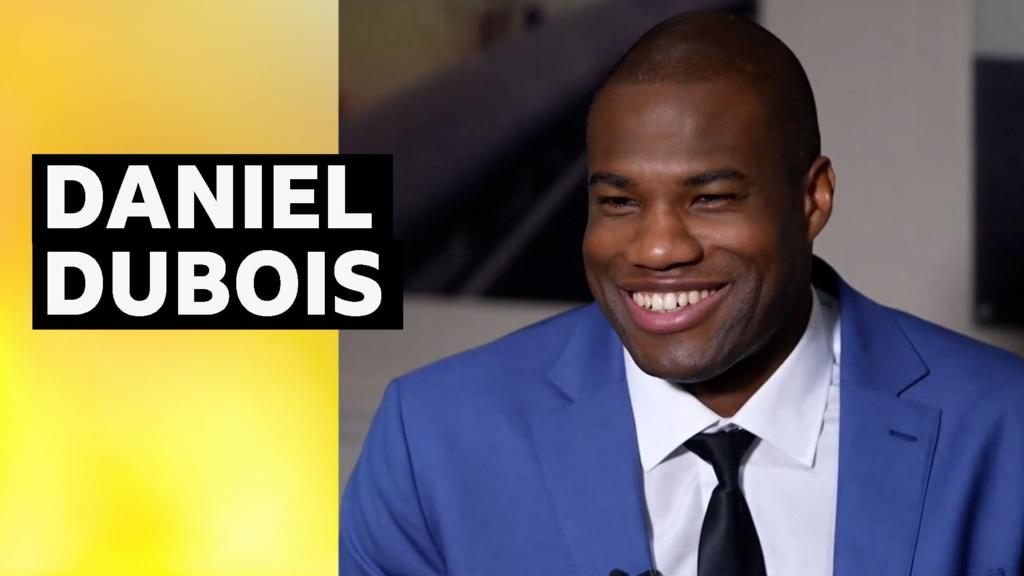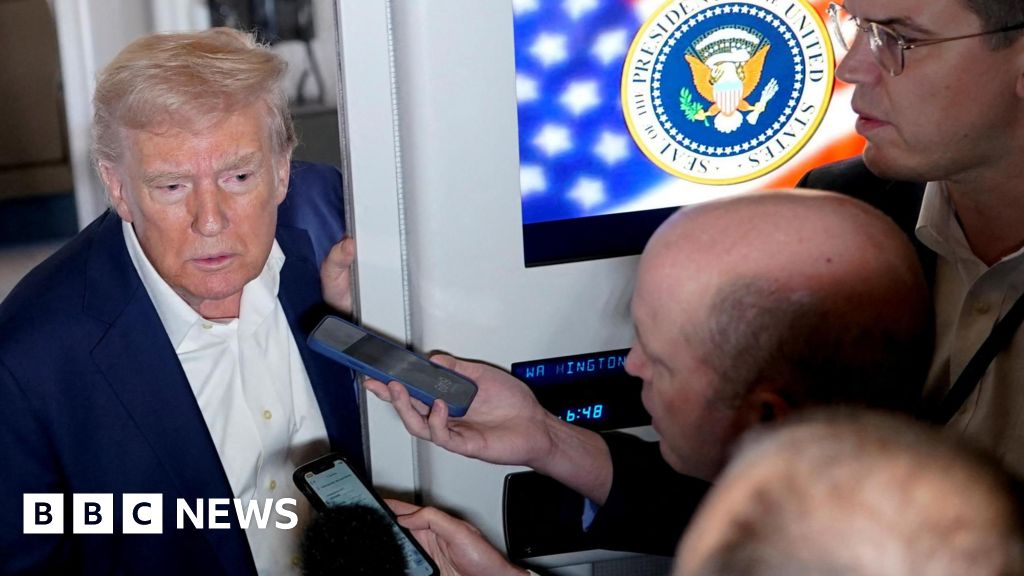How to preserve new-hire enthusiasm beyond the first few weeks

Enthusiasm peaks in the early days of a new job. New hires are creative, motivated, and often, a fresh dose of optimism compared to their more tenured teammates.
Yet, in a matter of weeks, that initial enthusiasm plunges by an average of 22%.
The innovation and discretionary effort that comes with new-hire enthusiasm are a strategic advantage for any organization.
But to be impactful, new-hire energy must last beyond the first few weeks. Here are four tips to preserve that early days’ enthusiasm:
1. Give Context, Not Just Content
Too often, new teammates find out “how it works here” through pushback, sideways glances, and a slap on the wrist over red tape they didn’t know existed.
As a result, the motivation to drive results is quickly outweighed by the fear of reputational risk or political consequence.
It’s a preventable comedown. Effective onboarding must go beyond role-specific content. Organizational context is what gives new teammates the foundation to dive in effectively.
In the onboarding process, answer questions like:
- How do different teams typically work together (or not)?
- Are there cultural norms around offering feedback?
- Is the decision-making hierarchy fluid or more rigid?
- What metrics are most important to the organization? (Beyond individual OKRs)
- Who determines what’s considered “urgent,” and how is that typically communicated?
This foundation enables new hires to make an impact fast, without fear of stepping on a cultural landmine.
2. Prove a Failure Tolerance
If your organization needs to progress, failure inevitably comes with the territory. Yet, the prospect of failing can send a shockwave through someone eager to impress.
A “Move fast and break things” poster does not have enough credibility to inspire risk-taking. Instead, prove an organizational failure tolerance by citing specific examples in onboarding.
Share stories about failed launches, the buggy beta version, or internal projects that didn’t pan out. Talk about what was learned, how the organization adapted, and most importantly, that the people behind those efforts are still here.
3. Follow-up on the Invitation for “New Ideas”
The onboarding process can be overwhelming. Between setting up passwords, learning names, and attempting to decipher health insurance, there isn’t much brain space left for innovation in the first few days.
If you want new hires to speak up and bring a fresh perspective, follow up on that invitation after they’ve had time to settle in. Go beyond “Got any ideas?” Ask pointed questions that show your interest in their perspective. Try prompts like:
- I’m curious about your take on this—do you think we’re missing anything?
- If you could start this (project, process, product) from scratch, what would you change?
- Were there any moments where you thought, “Why do we do it this way?”
Showing new hires that “We want new ideas!” isn’t just a perfunctory corporate welcome.
4. Share the Metrics, But Don’t Start the Clock
Ambitious new hires want to know the criteria for success. Even if they don’t ask, share the metrics a new hire will (eventually) be evaluated against. Whether it’s delivery timeline, revenue targets, or client satisfaction, be clear about what good looks like.
But don’t start the clock right away. Give new hires time to build relationships and develop a meaningful understanding of how to achieve those numbers effectively.
If metrics are not shared up front and only surface during a later performance review, it can feel like the rules are being made up mid-game. On the flip side, starting assessment on the first day can feel overwhelming or even unfair.
Align early on key metrics of success, but delay starting the “clock” for 60–90 days in performance-based roles. Be transparent, but not premature in applying pressure.
Will every day of work be as exciting as day one? Probably not. The adrenaline of a new job is impossible to sustain.
Yet, with intentionality, preserving new-hire enthusiasm is possible.
What's Your Reaction?
 Like
0
Like
0
 Dislike
0
Dislike
0
 Love
0
Love
0
 Funny
0
Funny
0
 Angry
0
Angry
0
 Sad
0
Sad
0
 Wow
0
Wow
0



.jpg?width=1200&auto=webp&trim=118,0,119,0#)


























































































